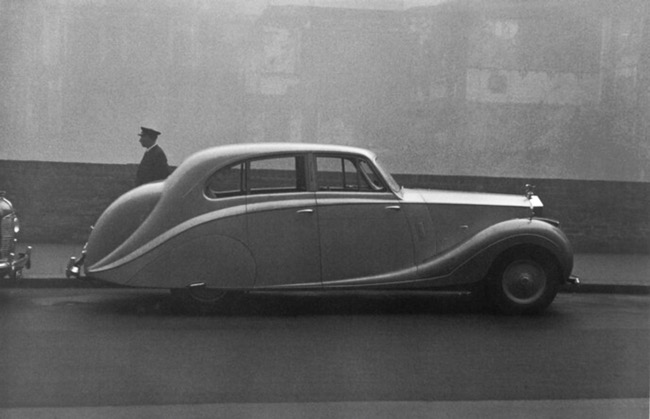Robert Frank, a famous Swiss-American photographer who died in 2019, left an indelible mark on the world of photography with his groundbreaking work. His most renowned work, “The Americans,” which has a privileged position on my bookshelves, captured the essence of post-war America with a candid and unvarnished eye. Frank’s images challenged conventional norms of the time, offering a raw and authentic portrayal of American life, often tinged with a sense of alienation and introspection. His photography pushed the boundaries of documentary photography and had a profound influence on generations of photographers, including Henri Cartier-Bresson, reshaping the way we perceive the world through the lens. Robert Frank’s artistic vision and daring approach continue to inspire me and provoke thought today. The photographs on display at the MoMA are anterior to Frank’s work on “The Americans” and belong to a series titled “Black & White and Things”, assembled in 1952 (while “The Americans” was published in 1958). I don’t know how selected those photographs specifically in this particular way but wrote a statement to the effect that these were important to him, under a famous sentence from Le Petit Prince by Antoine de Saint-Exupéry’s “it is only with the heart that one can see rightly what is essential is invisible to the eye”. His message said, in a somewhat cryptic English “sombre people and black events, quiet people and peaceful places, and the things people have come in contact with this, I try to show in my photographs”. Seeing these few photographs from the original thirty four assembled by Frank is a delight for the eye, frankly speaking.




